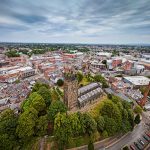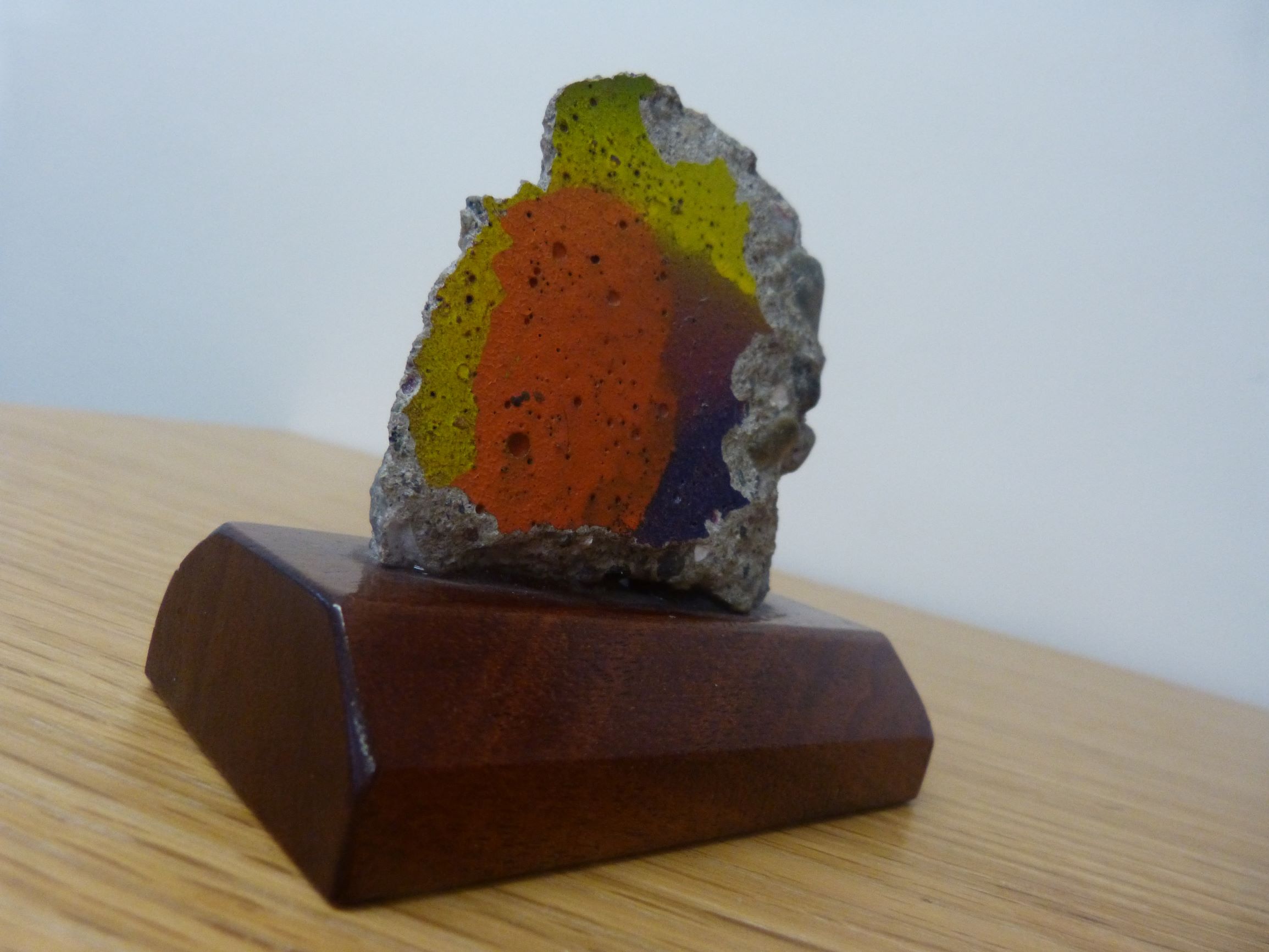Year on year, the Mayor of Wrexham opens the doors of the Parlour to many guests.
From local school councils to community groups and charities, the Mayor welcomes one and all and takes immense delight in giving visitors to the Guildhall a little insight into the history of Wrexham.
However, this isn’t just any history lesson. The Mayor has a few special items to bring the county borough’s history…and the world’s history…to life.
Here’s the top five…
5. Piece of the Berlin Wall
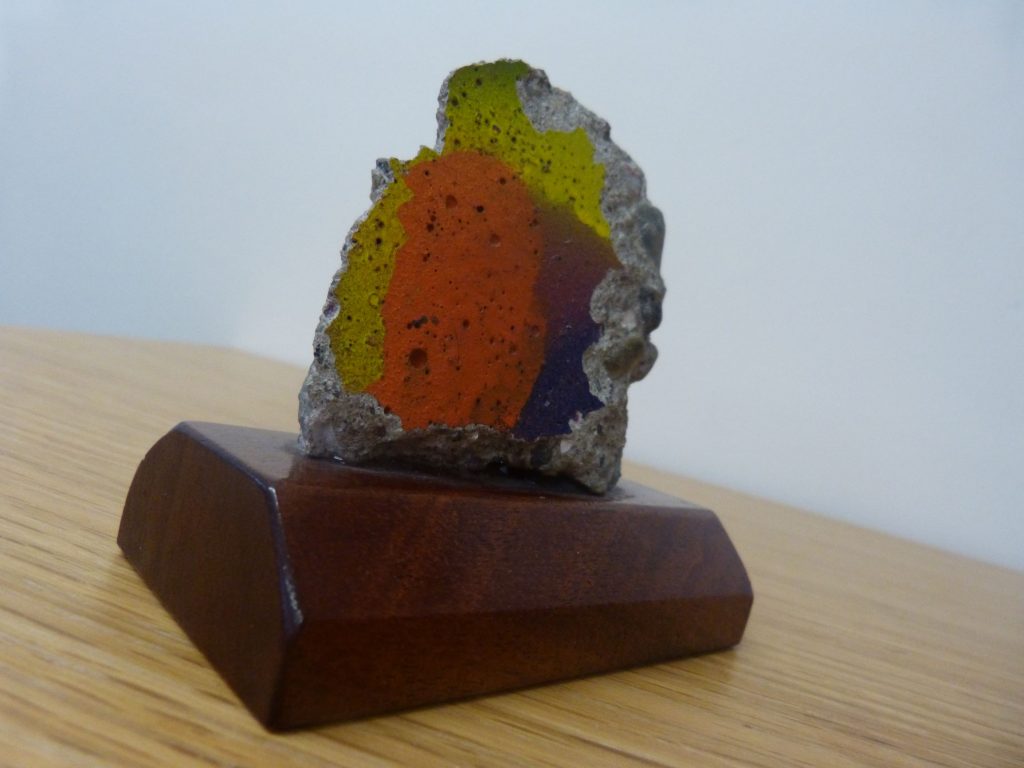
Following the aftermath of World War Two, Germany was divided from 1961 to 1989 by a concrete wall which separated West Berlin from East Germany and East Berlin.
It was constructed by East Germany starting in August 1961. It tragically separated friends and families for years until government officials reopened the wall in November 1989 – paving the way for German reunification.
June 13, 1990 saw the official demolition take place with many people collecting pieces of the wall to keep as a reminder that such events should never happen again.
We’re fortunate to have a very rare piece of the wall. It includes the remains of a painting which would have emblazoned the structure in an attempt to brighten the oppressive sight.
Remembering how thick the wall would have been and how many chunks would have been taken, to have a piece with surviving artwork is amazing.
4. Ruabon Red Brick
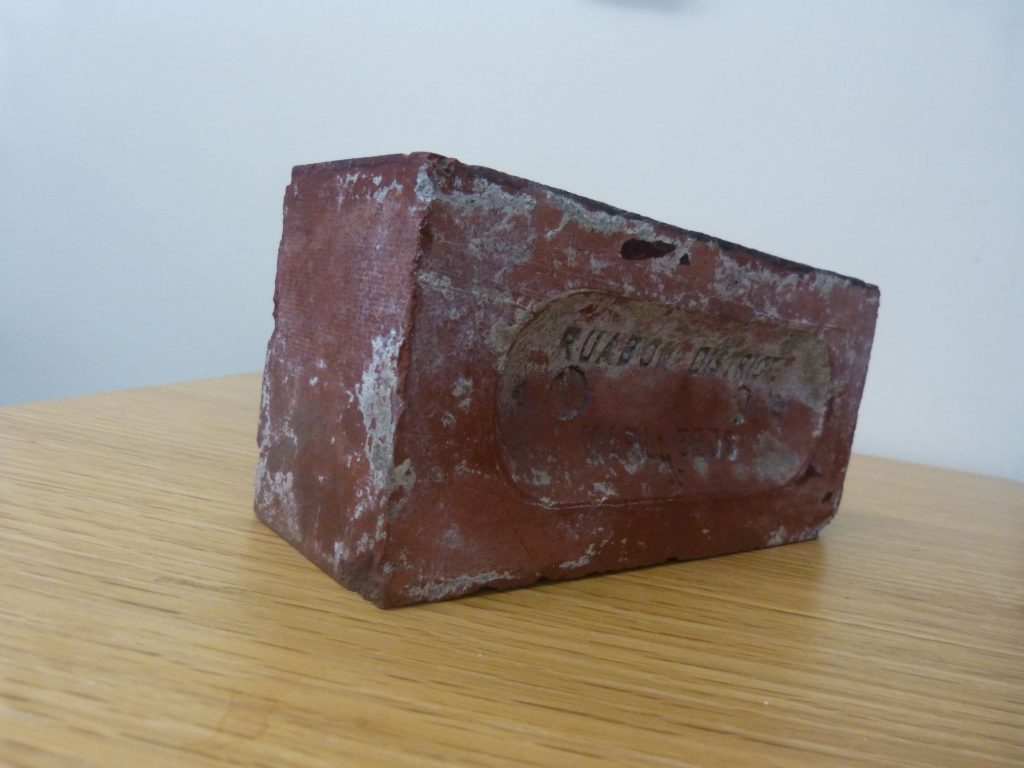
The brick and tile-making business was a major industry across North East Wales during the Victorian and Edwardian periods.
One of the leading giants in this field was Henry Dennis, and his renowned Dennis Ruabon Tile Factory was based in the area and spanned an incredible 130-year manufacturing legacy.
Notably famous for their distinctive red colouring – which led to the affectionate nickname ‘Ruabon Red Brick’ – these bricks and tiles helped shape buildings in and around Wrexham.
It didn’t stop there however. They helped build law courts, pubs, schools, universities and hospitals all over the UK.
Most notably of all, they helped build the Pier Head in Cardiff and Liverpool University Victoria Building.
The Pier Head in Cardiff features terracotta murals made in Ruabon.
The discovery of high quality Etruria Marl clay in the area during the 19th Century made the production of tile and terracotta on a large scale flourish, and this mass production earned Ruabon the nickname ‘Terracottapolis’!
The clay was popular because it didn’t shrink when fired which made it ideal for the decorative brickwork that 19th century and early 20th century architects so favoured.
In the case of the Ruabon Red Brick that sits pride of place in the Mayor’s Parlour, you have to think: “If only walls could talk!”
3. The last billet of steel rolled at Brymbo Steelworks

Wrexham has a rich and proud industrial history – one that has put the town on the map.
One of the most famous pioneer industrialists, John ‘Iron Mad’ Wilkinson, owned Bersham Ironworks.
In 1792, Wilkinson purchased Brymbo Hall with its 500 acre land for £14,000 from the Assheton-Smith family.
The land on which the estate lay was rich in coal and ironstone deposits and had small coal pits from a time before Wilkinson purchased the land. The first blast furnace was operational in 1796 – the first structure of many which spread across the hillside to become Brymbo Steelworks.
A second furnace followed in 1805. After initially operating as an ironwork site and following the death of Wilkinson, the land became stagnant for many years with attempts to revitalise the use of the facility.
In the 1840s, the near derelict work was revived by a group of Scottish entrepreneurs led by Henry Robertson. By the 1880s, the works had started producing steel.
In 1967, Brymbo was nationalised with the rest of the steel industry and high quality steel production began.
Brymbo produced specialist steels during the First and Second World War and the experience gained during these two conflicts allowed the workforce to build a reputation for high quality steel.
Brymbo’s reputation was in making steel alloys using minerals such as nickel, manganese, aluminium and chromium, whether for use in car parts or space craft.
Production continued until 1990 when Brymbo’s then owners closed the site.
The last billet of steel was rolled on October 12, 1990 and segmented to give as a souvenir.
One section can be seen in the Parlour today, keeping the memory alive.
The remains of the Brymbo steelworks sit quietly watching over the surrounding area – a triumphant snapshot in time.
2. Miner’s Lamp
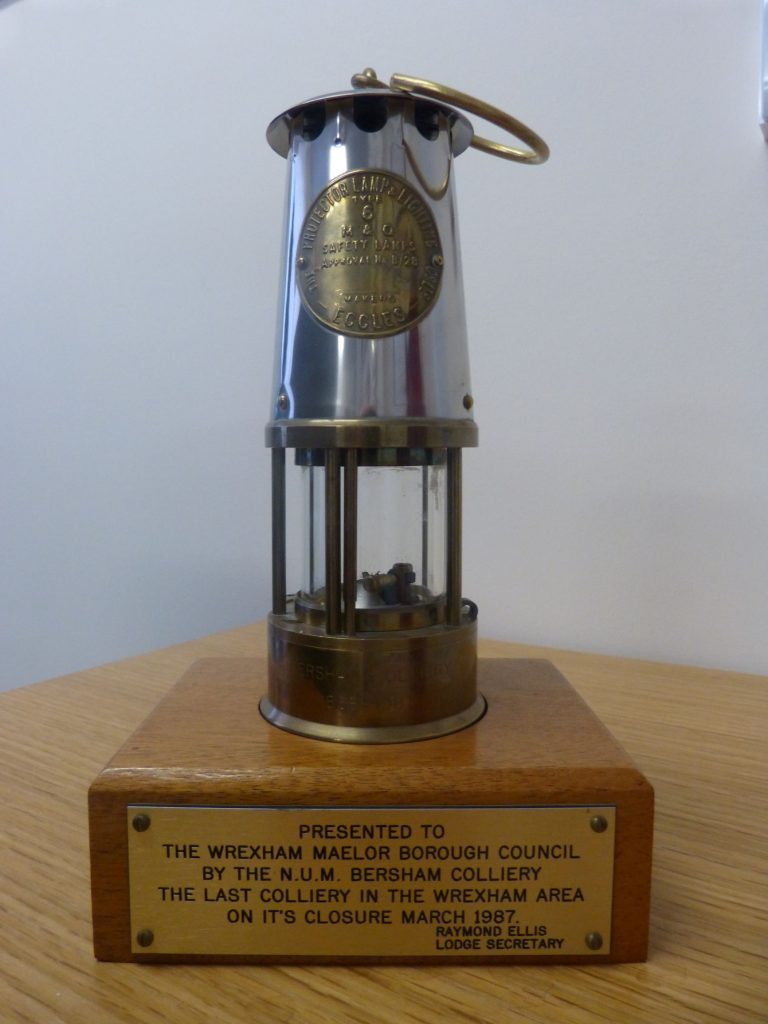
Another chapter in Wrexham’s past is our coal mining community.
By the 19th century, Wrexham was highly industrialised with 38 different collieries operating at the peak of this period throughout a string of villages stretching from Brymbo and Llay in the north to Cefn Mawr and Chirk in the South. These villages had grown up around the many coal mines of the Denbighshire coalfield.
These collieries produced 2.5 millions tonnes of coal annually. This coal helped to serve our local brickworks and steelworks. It also served nearby Shotton Steel that was a major customer in the 20th Century.
One of our collieries was the Bersham Colliery.
Operational from 1868 to 1986, the colliery provided employment for hundreds of local men. It was a trade where sons followed in their father’s footsteps.
The work was very gruelling and didn’t come without its tragedies. In 1880, a major underground explosion claimed the lives of nine men including the colliery manager, William Patterson.
The final major incident occurred in 1909 with another explosion which took many more lives.
We never forget the work and loss that has taken place over the years and these hard efforts are always celebrated.
On its closure in March 1987, Bersham was the last operational colliery in the area. To mark the occasion, the NUM Bersham Colliery lodge secretary, Raymond Ellis, presented Wrexham Council with a miner’s lamp from the site.
It’s still here today, shining a light into the past for all to see.
1. Wrexham Lager bottles

In 1881, German immigrants Ivan Levinstein and Otto Isler were yearning to taste the refreshing foam of their local lager.
In a bid to try their hand at replicating that recipe, they accidentally founded Wrexham Lager!
Wrexham’s reputation for decent beer must have been widely known as most investors appear to have been living around Manchester. This must have played a part in them choosing this town to open Britain’s first lager brewery.
They picked a site for the brewing, and tapped the water underground with wells on the land off Maesgwyn Road.
This was the secret to the great taste. Wrexham had exceptionally good quality water and it served 19 breweries at the time.
Though the brewery saw a few rebuilds over the years, the original and listed brewery building still remains behind the Glyndŵr University art building.
The greatest legacy of Wrexham Lager however is a seafaring tale. Once upon a time, the White Star Line company ruled the seas with passenger ships.
A gentleman boarded a journey and caused quite a stir…
Early alcoholic drinks didn’t travel well across sea journeys. But Robert Graesser, managing director of the Wrexham Lager Beer Co. brought some bottles of Wrexham Lager with him, and miraculously they survived the journey as fresh as the day they were bottled!
This caught the attention of the White Star Line owner who wanted to cash in on this and secured a deal with Wrexham Lager to serve their beverage on the new, revolutionary, first of its kind ship – the unsinkable RMS Titanic!
Bottles such as the ones on display in the Mayor’s Parlour are reported to have been found on the wreckage of the ill-fated Titanic.
Rumour also has it that some of the tiles that adorned the ship were made in Gwersyllt! Now that’s a mighty claim to fame!
Brewing of Wrexham Lager ceased in 2000 much to the disappointment of local people. Fortunately in 2011, the Roberts family revived the brand and built a new brewery in the town centre to brew Wrexham Lager to the original recipe established by Levinstein and Isler.
The closing date for 2019 nursery school applications is February 22.
[button color=”” size=”large” type=”square_outlined” target=”new” link=” https://www.wrexham.gov.uk/english/education/admissions_nursery.htm”] APPLY NOW [/button]



